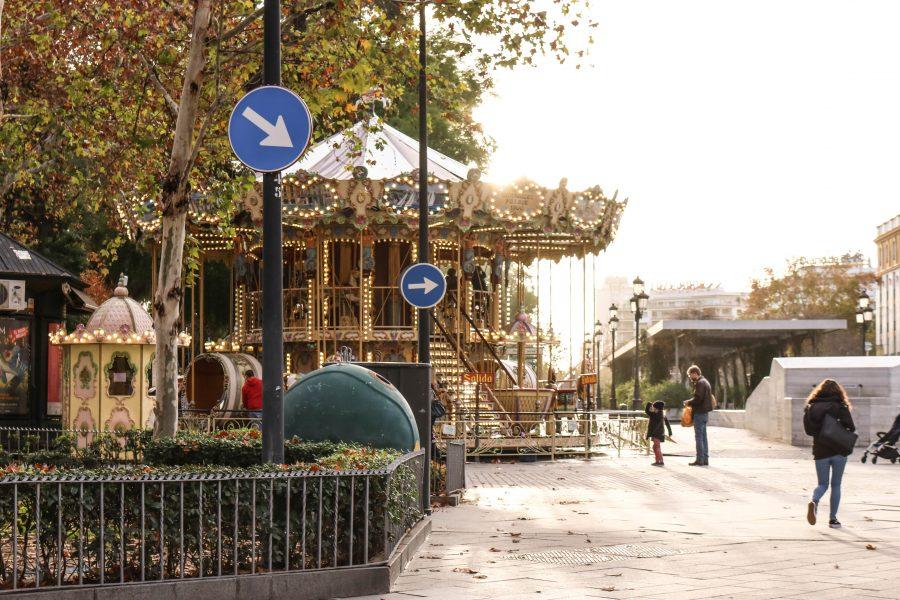Like many students who are studying abroad for the first time, I had high expectations as to where I would get to travel. Never having been to Europe before, I compiled an extensive list of cities I wanted to visit all over the continent throughout the semester, not taking into consideration academic responsibilities or the importance of actually spending time at my study abroad site. Since I only have classes Monday through Wednesday, I had planned to jet off every Thursday through Sunday to make sure I hit every city. However, in the midst of planning my weekend trips, I remembered why I chose NYU Madrid as my study away site, and I reconsidered my priorities.
Being Puerto Rican, I recognize that I have a very mixed heritage mainly consisting of Spanish, African and indigenous ancestry. Yet, my physical appearance and upbringing have inevitably influenced me to disassociate myself from my whiteness and Spanish roots. I am so proud to be Puerto Rican that I believed I owed it to myself to thoroughly appreciate and understand the three types of people who, through turmoil and devastation, came together to encompass my most precious identity. I knew that studying at NYU Madrid would enable me to, for the first time in my life, explore an unknown third of my identity and learn more about the country that once colonized my own. For this reason, I revised my list of travels and prioritized traveling within Spain while also spending as much time in Madrid as possible.
Traveling within the country of your study-away site is an enriching experience. We choose our study abroad sites because we’re interested in the city or country it resides — or because our academics dictate that we choose certain sites. Either way, NYU has strategically chosen its study abroad sites in dynamic countries, so we owe it to ourselves and our sites to immerse ourselves in the new countries and cultures to get a true sense of what it is to live like a Madrileña or a Parisienne. Personally, both through my classes and by actively living in Madrid, I have gotten to learn about things like the Franco dictatorship in Spain, the lack of collective memory — and ignorance — regarding the colonization of the Americas and subsequent dictatorship, the migratory patterns of Spaniards and foreigners into and out of Spain and the evolution of tattoo culture in Madrid to name a few.
Beyond Madrid, I have traveled to Segovia, Seville, Valencia, Mallorca and San Sebastián. This means I have traveled to six out of the 17 autonomous communities of Spain thus far — the Community of Madrid, Castile and León, Andalusia, the Valencian Community, the Balearic Islands and the Basque Country. Before the semester is over, I also plan to travel to Toledo and Barcelona, which will add Castilla-La Mancha and Catalonia to the list of autonomous communities I have visited. During these travels, I experienced the different dialects spoken in Spain, the distinct architecture of each region ranging from the Islamic styles of Andalusia to the Gothic styles of the Basque Country and the unique gastronomy of each community. Every region had something new to offer. I was able to do everything from swim in the Balearic Sea in Mallorca to hiking on Mount Urgull in San Sebastián.
Learning about Spain’s history, politics and culture has allowed me to better understand the country’s flaws and its strengths, both past and present. While being Puerto Rican in Spain has enabled me to educate people about Spain’s genocidal past in Puerto Rico, I have also learned about the struggles the country faced after the fall of the Spanish Empire and in the last century. I recommend that other students consider exploring their study-away sites before jumping to other places. Exploring your site further will allow you to better connect with and understand the local culture. Despite the conflicting histories, I’m glad I’ve been able to cherish Spain and its people.
A version of this article appeared in the Monday, Nov. 5 print edition. Email Paola Nagovitch at [email protected].























































































































































